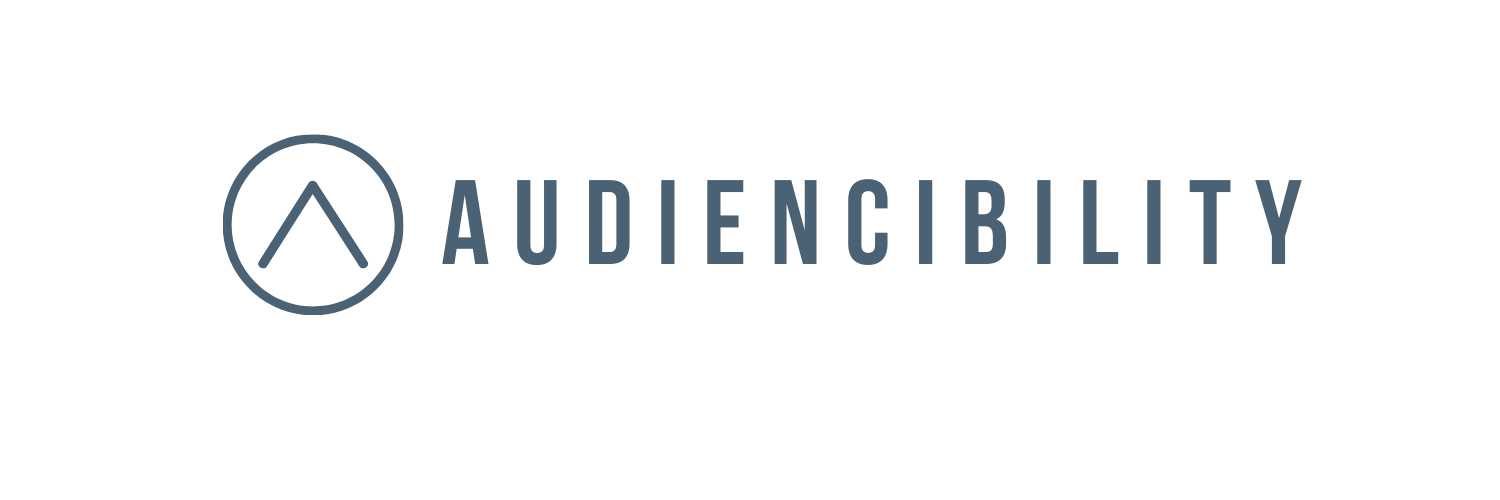How to use run-walk strategy to manage work stress
As I was listening to a podcast on a walk the other day, I realized: I don’t procrastinate, I recover!
Dr. Rangan Chatterjee hosts the “Feel Better, Live More” pod. His guest that day was Helen Hall, a movement therapist. It was a 2024 rebroadcast titled “Why Running Isn’t Bad for Your Knees.” (There’s a slightly different title on his YouTube channel.)
Chatterjee describes Hall as “a running coach, a pain expert and one of the best coaches in any modality that I have ever come across. … She combines objective clarity from the most advanced motion analysis technology in the world, with 46 years of visual experience and study in the field, to seek out the root causes of chronic pain and injury, that often seem resistant to standard treatment protocols.”
In part of the two-and-a-half-hour long show, Hall and Chatterjee talk about using a run-walk strategy to get through long or difficult runs. The idea is you alternate running and walking, giving your body time to recover a little between the high intensity portions. When you finish, you likely won’t be as exhausted as you would be if you had run the entire way.
Hall gives an example of a woman who had recovered from an injury and wanted to run a marathon. The woman set the strategy of a 5-minute run, 1-minute walk, for the entire race. Not only did she finish and beat her goal time, she wrote to Hall and said “I had so much fun on the last 6 miles!”
“She enjoyed it because she wasn’t in pain and she wasn’t tired,” Hall explains, “because she had been recovering as she went.”
Hall adds that variety is part of the strategy, too. So walking the entire way would also be exhausting because the body enjoys changing gears. So a 9-minute walk/1-minute run plan also works.
Chatterjee then connects the method to taking breaks during the workday. He explains that we’re designed to handle a certain amount of stress, which accumulates in “microdoses” throughout the day. Any time you can take a break from receiving those doses, it keeps you from hitting your “stress threshold.”
They also talk about how there’s an unspoken pressure in the running community about having to run the entire course, as if it wouldn’t be an accomplishment if you walked any of it.
After hearing this, I immediately thought of how this applies to how I work — and to intense work cultures like journalism.
Applying run-walk to work
Three points in their conversation stood out to me, and I think they can be applied to any workplace. These are not mind-blowing revelations, but take a moment to reflect on how it happens where you are.
1. We need to examine our work values.
In the running example, there’s an inherent belief that the running culture values being pushed to the max. Why?
There’s also a lot of worry about judgment — what will other people think if they see me walking?
When it comes to the workplace, the questions are: What kinds of action or results get recognized or rewarded? Are different work styles accommodated? Are new ideas welcome or met with “this is not how we do things?”
2. We need to operationalize taking breaks.
One thing I did as a more experienced manager was to make sure my team members — and myself! — used our vacation days. (I did not do this as a new manager, I had to create the habit!) This conversation started in the first quarter of the year and required a lot of followup.
Other ideas: Don’t schedule back-to back meetings, or declare no meeting Fridays. Lunch hour can also be blocked off.
3. We need to signal our breaks to encourage others to do the same.
In the marathon runner example, Hall shares that the woman stuck a sign to her back that said “run-walk strategy.”
This way, runners behind her know that she might start walking at any time and they know that walking is part of her plan — and not because she was faltering.
When we take breaks, it sets a powerful example for others. Communicate your plans — “I’m going to walk my dog for 20 minutes and be back online after” — to set expectations. When you’re on vacation, even adding a little airplane emoji by your name in the Slack channel is a signal.
As Chatterjee says, these small actions can help us from hitting stress overload.
What the run-walk strategy taught me is that small breaks do not slow progress. Giving yourself recovery time as part of the process is how you stay strong throughout.
Being a journalist is like running a race without a finish line. There’s always something happening, always the next story, always more you can do. One way to manage this is to realize you don’t have to constantly run at full speed.
I used to think that when I distracted myself from the work at hand, I was procrastinating. But now I see it as a way for my brain to micro-rest so I can refocus when I return. As long as you don’t put off finishing the task — whether it’s writing a story draft or hosting a meeting — you’re doing great!

